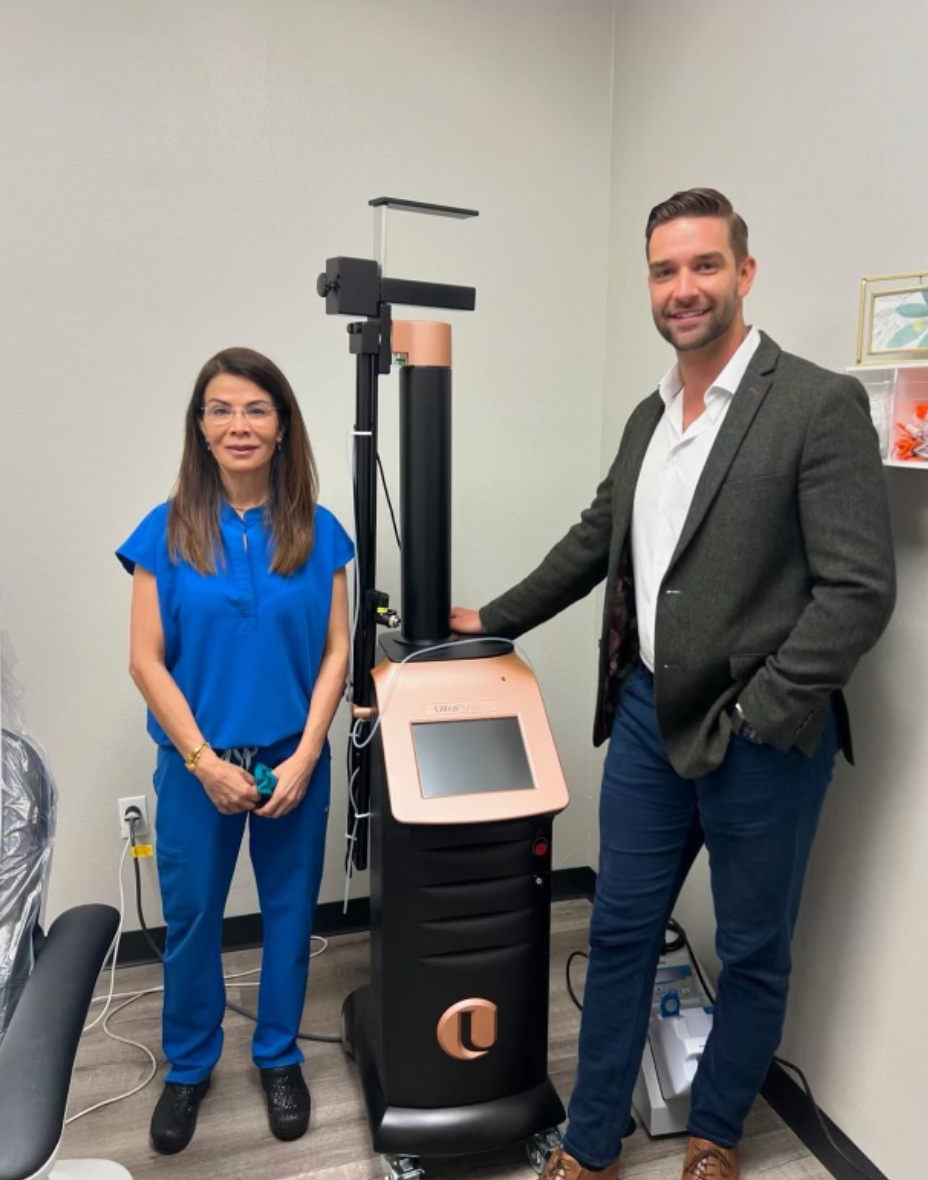Deep Vein Thrombosis (DVT) is a serious condition where a blood clot forms in the deep veins, usually in the legs. It affects millions worldwide and can lead to life-threatening complications if untreated. One of the most significant risks of DVT is the clot traveling to the lungs, causing a pulmonary embolism (PE). This condition requires prompt medical attention.
Symptoms of DVT
Common symptoms include leg swelling, pain or tenderness (often starting in the calf), skin discoloration, and a sensation of warmth in the affected area. However, not all cases present obvious symptoms, which is why understanding risk factors is crucial.
Risk Factors
Prolonged immobility, such as during long flights or bed rest, increases the likelihood of DVT. Other factors include surgery, obesity, smoking, hormonal therapies, and genetic predispositions like Factor V Leiden mutation. Pregnancy and age also elevate the risk.
Treatment Options
Treatment focuses on preventing clot growth and reducing the risk of recurrence. Anticoagulants (blood thinners) are the most common therapy. In severe cases, clot removal procedures or vena cava filters may be necessary. Compression stockings can also support vein health and alleviate symptoms.
Prevention Tips
Staying active is one of the best ways to lower DVT risk. During long periods of sitting or travel, take regular breaks to stretch and move around. Maintaining a healthy weight, avoiding smoking, and staying hydrated also contribute to prevention.
DVT is a preventable and treatable condition when detected early. If you experience symptoms or have multiple risk factors, consult a medical professional promptly. Early diagnosis and treatment can save lives and prevent long-term complications.


